Addressing Asymmetrical Tooth Movement with Clear Aligners: A Biomechanical Challenge
Asymmetrical tooth movement remains a significant biomechanical challenge in orthodontics, particularly when utilizing clear aligners. This issue arises when teeth on one side of the arch move at a different rate or direction compared to the other side, potentially leading to bite imbalances, aesthetic concerns, and prolonged treatment times. While clear aligners offer precise control, managing asymmetrical forces remains complex. In this article, we explore the biomechanics behind asymmetrical tooth movement and examine 2024's latest research on how clear aligners can address this challenge.
Azeem Jameel
10/2/20242 min read


Addressing Asymmetrical Tooth Movement with Clear Aligners: A Biomechanical Challenge
Introduction
Asymmetrical tooth movement remains a significant biomechanical challenge in orthodontics, particularly when utilizing clear aligners. This issue arises when teeth on one side of the arch move at a different rate or direction compared to the other side, potentially leading to bite imbalances, aesthetic concerns, and prolonged treatment times. While clear aligners offer precise control, managing asymmetrical forces remains complex. In this article, we explore the biomechanics behind asymmetrical tooth movement and examine 2024's latest research on how clear aligners can address this challenge.
Biomechanical Fundamentals of Asymmetrical Movement
Asymmetrical tooth movement typically occurs when the forces applied are uneven across different areas of the dental arch. Clear aligners, which rely on programmed force delivery through aligner trays, may struggle to achieve consistent force application across both sides of the mouth. Factors such as tooth shape, root position, and differences in periodontal support can contribute to these asymmetries.
Recent studies have shown that incorporating intra-oral elastics and the use of attachments designed to apply targeted forces can help mitigate some of these challenges. Additionally, advanced digital treatment planning software now allows clinicians to simulate asymmetrical movement scenarios, enabling them to adjust force vectors more accurately before treatment even begins.
Recent Insights on Asymmetrical Movement with Clear Aligners (2024)
Optimized Attachments
2024 research has emphasized the importance of customized attachments in combating asymmetrical movement. By optimizing the placement and size of attachments, clinicians can exert more localized control over tooth movements, counteracting asymmetrical tendencies. These attachments serve as anchor points that allow clear aligners to deliver torque or rotational forces more effectively.Innovative Force Delivery Systems
Emerging innovations in force delivery systems, such as the use of precision cuts in aligners, provide enhanced control over problematic areas. A recent study in The Journal of Orthodontic Biomechanics (2024) highlighted how clinicians can introduce these cuts to selectively increase or decrease the force applied on specific teeth, thus maintaining more uniform movement.Smart Aligner Materials
Advances in smart material technologies have resulted in aligners that adapt their rigidity based on the thermal environment in the mouth. This adaptability allows the aligners to maintain a more consistent force across both sides of the arch, addressing slight discrepancies in force application that could lead to asymmetrical movement.AI-Powered Predictive Tools
Artificial Intelligence (AI) continues to revolutionize orthodontic treatment planning. AI-powered simulation tools can now predict potential asymmetrical movements early in the treatment process, providing practitioners with actionable insights. These tools suggest modifications to aligner designs and even treatment schedules to ensure balanced movement from the start.
Clinical Considerations
Clinicians face unique challenges when treating cases with pre-existing asymmetries, such as crossbites or dental midline discrepancies. In such cases, practitioners may need to combine clear aligners with auxiliary appliances like temporary anchorage devices (TADs) to enhance control.
Furthermore, patient compliance remains a critical factor in managing asymmetrical movement. Without consistent wear, the differential forces required to correct asymmetries may not be sustained long enough to generate the desired result. Patient education on the importance of wearing aligners as prescribed is vital in these cases.
Conclusion
While asymmetrical tooth movement presents a biomechanical challenge for clear aligner therapy, 2024's advancements in materials, AI, and treatment planning have brought us closer to overcoming these obstacles. By incorporating advanced digital tools and optimizing treatment protocols, orthodontists can more effectively manage asymmetrical forces, ultimately delivering more predictable outcomes for patients.

Connect
Social Accounts
+1 830 7451 586
Building 595, Block H3, Phase 2
Johar town, Lahore Pakistan
Address
Mail at:
Call at:


ClearCare Ortho offers premium-quality, exceptionally clear, and affordable orthodontic aligner treatments worldwide.
© 2023 Copyright ClearCare Ortho All Right Reserved.
info@clearcareortho.com
